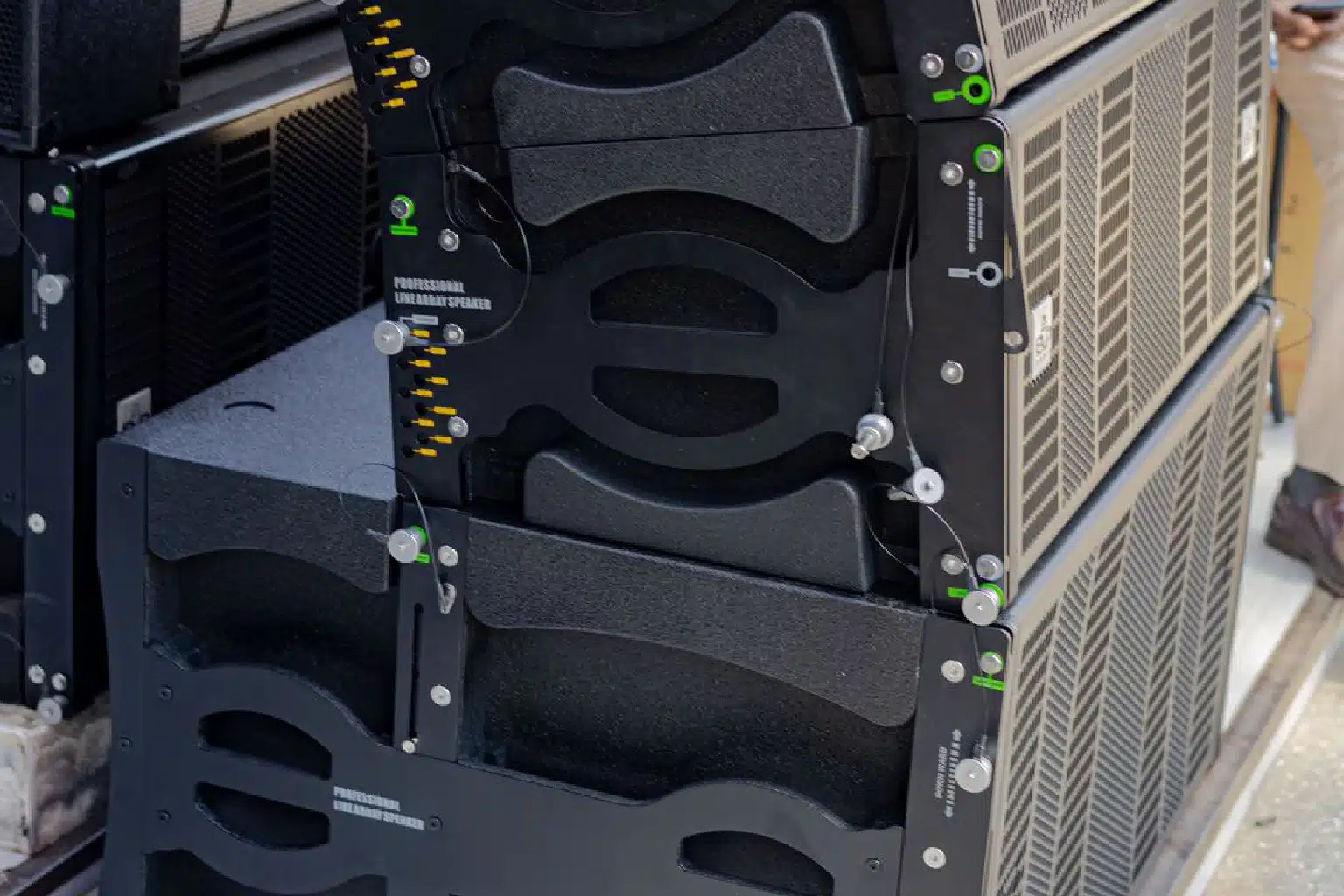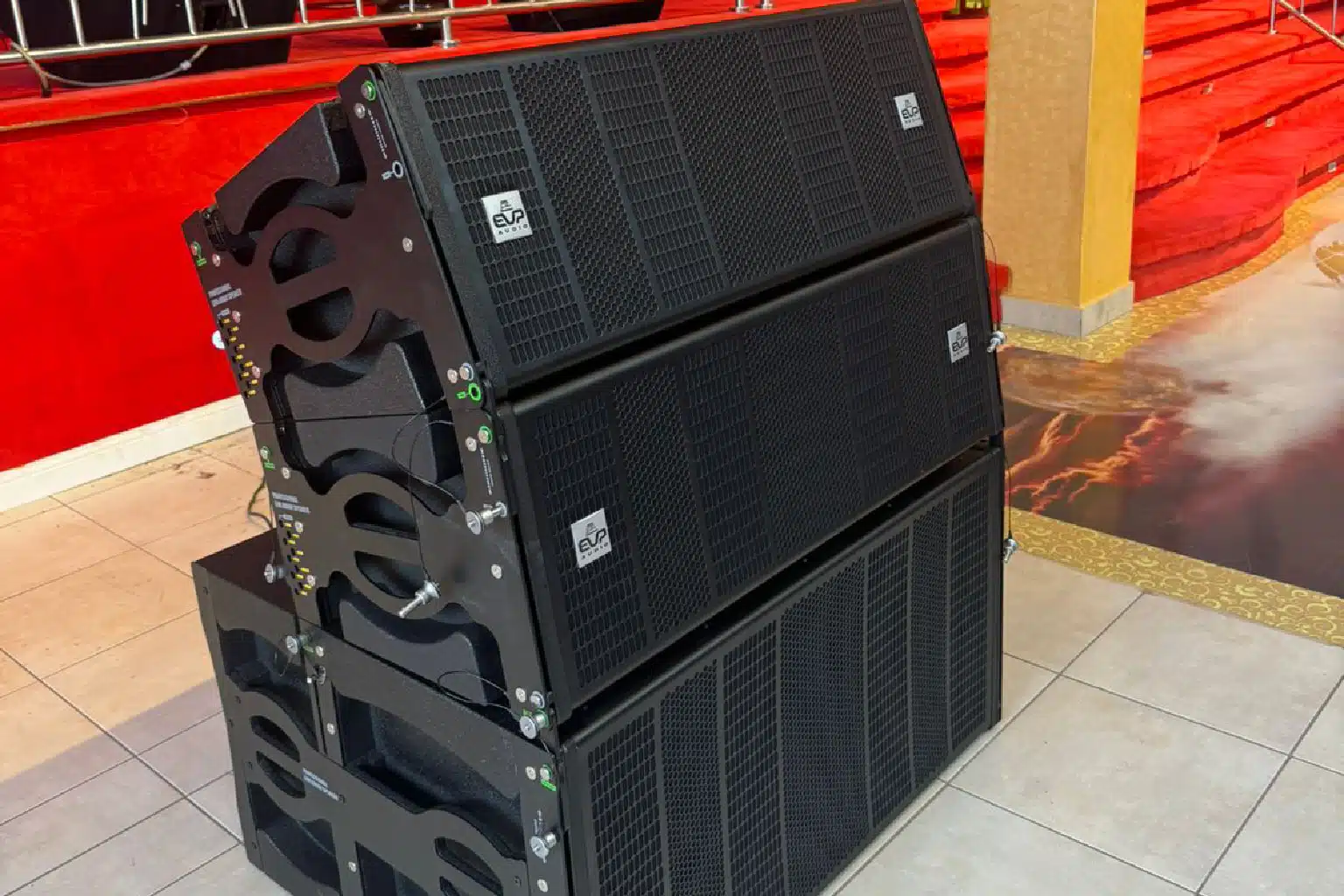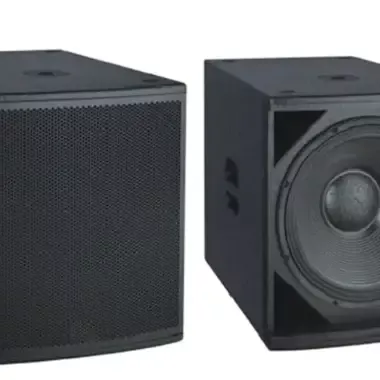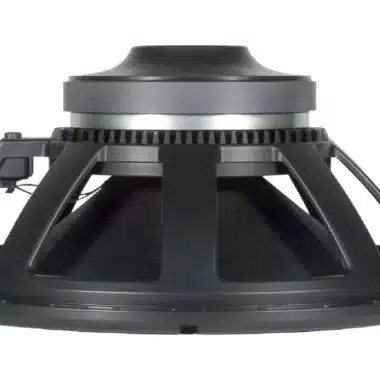church speakers and their prices
Sound plays a crucial role in church services, whether it’s enhancing the clarity of sermons, elevating the musical experience, or ensuring that everyone in the congregation can hear clearly. The choice of church speakers can make or break the auditory experience of worship, turning a spiritual gathering into a meaningful and engaging event. But with so many options available, ranging from budget-friendly to premium models, choosing the right speakers for your church can be daunting. This comprehensive guide will walk you through everything you need to know about church speakers, including the types, features, installation considerations, and price ranges, helping you make an informed decision.

1. Understanding the Importance of Sound in Worship
In a church setting, sound quality is paramount. It’s not just about being loud enough for everyone to hear; it’s about ensuring that the spoken word and music are conveyed with clarity and emotion. Poor sound quality can lead to misunderstandings, distraction, and even frustration among the congregation. On the other hand, a well-designed sound system can create an immersive and spiritually uplifting environment.
1.1. The Role of Speakers in Church Sound Systems
Speakers are the final link in the audio chain, responsible for converting electrical signals into audible sound. They need to deliver clear, balanced audio across the entire frequency range, from the deep lows of a bass guitar or organ to the crisp highs of a preacher’s voice. In churches, the choice of speakers is influenced by several factors, including the size and shape of the worship space, the type of services conducted, and the budget available.
1.2. The Challenges of Sound in Churches
Churches often present unique acoustic challenges. Many worship spaces are large, with high ceilings, hard surfaces, and irregular shapes, all of which can cause sound reflections, echoes, and uneven sound distribution. The goal is to overcome these challenges and ensure that every seat in the sanctuary receives clear, intelligible sound.
2. Types of Church Speakers
There are several types of speakers commonly used in churches, each with its own strengths and ideal applications. Understanding the different types of speakers and their roles will help you choose the right combination for your church’s needs.
2.1. Main Speakers
Main speakers, also known as front-of-house (FOH) speakers, are the primary source of sound for the congregation. They are usually positioned at the front of the worship space and are designed to cover a wide area, delivering sound to the entire audience.
- Line Array Speakers: Line arrays are popular in large churches due to their ability to cover long distances and provide consistent sound levels from front to back. They consist of multiple speaker units stacked vertically, allowing sound to be directed precisely where it’s needed.
- Point Source Speakers: Point source speakers are more traditional, with a single speaker or cluster of speakers providing sound. They are ideal for smaller to medium-sized churches where the distance between the speakers and the congregation isn’t too great.
2.2. Monitor Speakers
Monitor speakers, also known as stage monitors, are placed on the stage and are directed toward the performers and speakers. Their purpose is to allow the worship team, choir, and pastor to hear themselves clearly, ensuring they stay in tune and on rhythm.
- Floor Monitors: These are typically wedge-shaped speakers placed on the stage floor, angled towards the performers.
- In-Ear Monitors: These are more advanced systems where performers wear earphones to hear the sound mix, providing better isolation and reducing stage noise.
2.3. Subwoofers
Subwoofers are designed to reproduce low-frequency sounds, adding depth and power to music and effects. In church settings, subwoofers are particularly important for contemporary worship services that feature modern music with significant bass content.
- Powered Subwoofers: These come with built-in amplifiers and are easier to set up, making them a popular choice for many churches.
- Passive Subwoofers: These require external amplification but offer more flexibility in terms of placement and power.
2.4. Ceiling and Wall-Mounted Speakers
For distributed sound systems, especially in large or multi-purpose spaces, ceiling and wall-mounted speakers are often used. They are designed to blend into the architecture and provide even sound coverage across the space.
- Ceiling Speakers: Installed flush with the ceiling, these speakers are ideal for providing background music or supplementary sound in areas like foyers or hallways.
- Wall-Mounted Speakers: These are mounted on the walls and are often used in combination with other speaker types to ensure comprehensive sound coverage.
2.5. Portable PA Systems
Portable PA systems are self-contained units that include speakers, amplifiers, and often mixers in a single package. They are ideal for churches that need a flexible sound solution for events held outside the main sanctuary, such as outdoor services or youth events.
- All-In-One Systems: These systems are compact, easy to transport, and quick to set up, making them perfect for temporary setups.
- Modular Systems: These offer more flexibility, allowing you to add components as needed, but they require more setup time.
3. Factors to Consider When Choosing Church Speakers
Selecting the right speakers for your church involves considering several factors that go beyond just the type of speaker. Each church has its own unique needs based on its size, architecture, worship style, and budget.
3.1. Size and Shape of the Worship Space
The acoustics of your worship space are influenced by its size and shape. Large, open spaces with high ceilings can create echo and reverb, making it difficult for the congregation to hear clearly. Smaller, more enclosed spaces might not require as powerful speakers but still need careful planning to avoid hotspots or dead zones.
- Large Sanctuaries: Consider line array systems or multiple point source speakers to ensure even sound coverage.
- Small to Medium Sanctuaries: A pair of high-quality point source speakers might be sufficient, supplemented by subwoofers if needed.
3.2. Type of Services and Worship Style
The type of services your church conducts also affects the choice of speakers. Traditional services with spoken word and choral music might have different requirements compared to contemporary services that feature live bands and multimedia presentations.
- Traditional Services: Focus on speakers that offer clear, intelligible voice reproduction, with a good balance of mid and high frequencies.
- Contemporary Services: You’ll need speakers that can handle a wider frequency range, including powerful bass, to accommodate instruments like electric guitars, drums, and synthesizers.
3.3. Budget
Your budget is a crucial factor in determining which speakers you can afford. Fortunately, there are options available at every price point, from budget-friendly models to high-end professional systems.
- Budget-Friendly Options: Look for good-quality passive speakers that offer a balance between price and performance. Brands like Behringer, Ahuja, and Samson offer affordable yet reliable options.
- Mid-Range Options: For churches with a bit more to spend, consider active speakers from brands like JBL, Yamaha, or QSC, which offer better sound quality and durability.
- High-End Options: If your church has the budget, investing in premium speakers from brands like Bose, Electro-Voice, or Meyer Sound can provide exceptional sound quality and longevity.
3.4. Installation and Aesthetics
The installation process and the aesthetics of the speakers are also important considerations. The speakers should be placed strategically to optimize sound coverage without being obtrusive or distracting.
- Ceiling or Wall-Mounted Speakers: Ideal for churches that want a clean, unobtrusive look. They blend into the architecture while providing good sound coverage.
- Custom Enclosures: Some churches opt for custom enclosures that match their décor, ensuring that the speakers do not detract from the visual aesthetic of the worship space.
3.5. Future-Proofing
Consider future-proofing your church’s sound system by choosing speakers that can grow with your needs. This might mean opting for modular systems or ensuring that your chosen speakers can integrate with more advanced sound processing and control systems.
4. Popular Church Speaker Brands and Their Offerings
When it comes to church speakers, several brands have established themselves as leaders in the industry, offering products that cater specifically to the unique needs of worship spaces. Here’s a look at some of the most popular brands and their offerings.
4.1. Bose Professional
Bose is renowned for its high-quality audio products, and its Professional line includes speakers designed specifically for houses of worship. Bose speakers are known for their clarity, consistency, and innovative design.
- BOSE FS2P 16W Pendant Speaker: Ideal for distributed sound systems in churches, this speaker offers clear sound and a sleek design that blends with church interiors.
- BOSE Panaray 402 Series IV: A versatile line array speaker that provides excellent sound coverage in larger spaces.
4.2. JBL Professional
JBL is another industry leader, offering a wide range of speakers suitable for churches of all sizes. JBL speakers are known for their powerful sound, durability, and versatility.
- JBL EON715 15″ Powered Speaker: A popular choice for contemporary worship settings, this powered speaker delivers robust sound with plenty of low-end punch.
- JBL CBT 1000: This line array column speaker is ideal for large sanctuaries, offering even sound distribution and a slim profile.
4.3. Electro-Voice
Electro-Voice (EV) has a long history of producing high-quality speakers that are widely used in professional audio setups, including churches.
- EV ELX200-12P: This 12-inch powered speaker offers excellent sound quality and is a good choice for medium to large churches.
- EV ZLX-15P: A 15-inch powered speaker that provides powerful bass and clear highs, making it suitable for both speech and music.
4.4. Yamaha
Yamaha is known for its reliable and high-performance audio equipment, and its speakers are no exception. Yamaha offers a range of options for churches looking for quality sound on a budget.
- Yamaha DZR15: A high-powered, 15-inch active speaker that provides exceptional clarity and power, suitable for larger worship spaces.
- Yamaha CBR12: A more affordable option, this 12-inch passive speaker delivers good sound quality and is ideal for smaller churches.
4.5. QSC
QSC is a favorite among audio professionals for its robust and reliable speakers. QSC speakers are known for their high output and excellent sound quality, making them a great choice for dynamic worship environments.
- QSC K12.2: This 12-inch powered speaker is popular for its versatility, offering multiple input options and built-in DSP for sound shaping.
- QSC CP12: A more compact and affordable option, the CP12 still delivers impressive sound and is easy to transport and set up.
4.6. Behringer
For churches on a tight budget, Behringer offers a range of affordable speakers that don’t compromise on quality. Behringer is known for providing good value for money, with products that are reliable and easy to use.
- Behringer Eurolive B215D: A 15-inch powered speaker that delivers solid sound at a budget-friendly price.
- Behringer B1220PRO: A 12-inch passive speaker that is durable and offers good sound quality for the price.
4.7. Meyer Sound
Meyer Sound is a premium brand known for its cutting-edge technology and exceptional sound quality. Their speakers are used in high-end installations, including large churches and concert venues.
- Meyer Sound UPQ-1P: A powered loudspeaker that delivers incredible clarity and power, suitable for large churches with demanding audio needs.
- Meyer Sound MJF-210: A compact stage monitor that offers excellent sound quality for performers.
5. Price Ranges for Church Speakers
The cost of church speakers can vary widely depending on the type, brand, and features. Here’s a breakdown of what you can expect to pay across different categories.
5.1. Budget-Friendly Speakers ($100 – $500)
For smaller churches or those with limited budgets, there are several good-quality speakers available at affordable prices.
- Behringer Eurolive B215D: Priced around $250, this powered speaker offers decent sound quality and is suitable for small to medium-sized churches.
- Yamaha CBR12: Available for about $300, this passive speaker is a reliable option for churches that already have an amplifier.
5.2. Mid-Range Speakers ($500 – $1,500)
Mid-range speakers offer better sound quality, more power, and often more features like built-in DSP.
- JBL EON715: Priced at around $700, this powered speaker is ideal for contemporary worship services.
- QSC K12.2: At around $1,200, this speaker offers excellent sound quality and flexibility, making it a great choice for medium to large churches.
5.3. High-End Speakers ($1,500 and Above)
For larger churches or those that demand the best in sound quality, high-end speakers offer superior performance and durability.
- Meyer Sound UPQ-1P: This premium speaker costs upwards of $6,000, but it delivers unparalleled sound quality for large worship spaces.
- BOSE Panaray 402 Series IV: Priced around $2,500, this line array speaker is a great investment for churches with complex sound needs.
6. Installation Considerations
Installing a sound system in a church requires careful planning to ensure optimal sound coverage and minimal visual impact. Whether you’re upgrading an existing system or starting from scratch, here are some key installation considerations.
6.1. Speaker Placement
Proper speaker placement is crucial for achieving even sound coverage throughout the worship space. Here are some general guidelines:
- Main Speakers: Should be placed at the front of the sanctuary, angled to cover the seating area. In larger spaces, consider using additional speakers towards the rear to avoid volume drop-off.
- Subwoofers: These can be placed on the floor near the main speakers or even under the stage, depending on the space available.
- Monitor Speakers: Position these on stage where the performers can hear them clearly, without interfering with the main speakers.
6.2. Acoustic Treatment
Acoustic treatment can help manage reflections, echoes, and other sound issues that are common in church environments. Consider adding sound-absorbing panels, bass traps, or diffusers to improve the overall sound quality.
6.3. Wiring and Connectivity
Proper wiring is essential for a clean installation and reliable performance. Ensure that speaker cables are of high quality and are routed neatly to avoid tripping hazards or damage. Consider using wireless systems where possible to reduce cable clutter.
6.4. Aesthetic Integration
The visual impact of the speakers should be minimized to maintain the aesthetic integrity of the worship space. Choose speakers that blend with the décor, and consider custom enclosures if necessary.
6.5. Professional Installation
For larger or more complex installations, it’s advisable to hire a professional audio installer. They can ensure that the system is set up correctly, optimized for the space, and integrated with any existing audio-visual equipment.
7. Conclusion
Choosing the right speakers for your church is a significant decision that can greatly impact the worship experience. By understanding the different types of speakers, considering the specific needs of your church, and exploring the offerings from various brands, you can find the perfect sound system to enhance your services. Whether you’re working with a tight budget or investing in a high-end system, there are options available to suit every need.
Remember, the goal is to create an environment where every member of the congregation can hear clearly and be fully engaged in the worship experience. With the right speakers, your church can deliver powerful, clear, and inspiring sound that resonates with the hearts of your congregation.
This guide has covered the essentials of church speakers, including types, features, installation considerations, and pricing. Armed with this knowledge, you are now better equipped to make an informed decision and create a sound system that supports and enhances your worship services.




